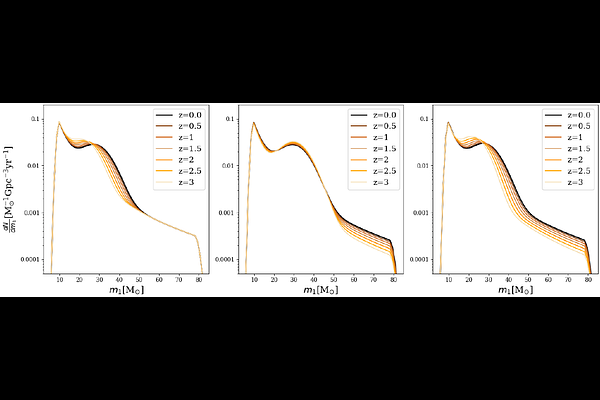Listening Across the Cosmic Time: Standard Sirens from Ground- and Space-Based Missions in the Next Decade

Listening Across the Cosmic Time: Standard Sirens from Ground- and Space-Based Missions in the Next Decade
Alberto Salvarese, Hsin-Yu Chen, Alberto Mangiagli, Nicola Tamanini
AbstractPrecise measurement of the Hubble parameter will enable stringent tests of the standard model for cosmology. Standard sirens, using the luminosity distances measured by gravitational-wave observations of compact binary mergers, are expected to provide such measurements independently in the next decade. With the ground- and space-based gravitational wave observatories, the LIGO-Virgo-KAGRA (LVK) network and the Laser Interferometer Space Antenna (LISA), different types of standard sirens altogether will place constraints across a wide redshift range. In this paper, we forecast the precisions of standard siren Hubble parameter measurements and compare various scenarios, accounting for the dominant sources of systematic uncertainty. Specifically, we find a $2\%$ constraint on $H_0$, a $1.5-3\%$ constraint on $H(z)$ at $z=1$, and a $3-5\%$ constraint on $H(z)$ at $z=7$ when combining LVK and LISA standard sirens with precise redshift measurements from electromagnetic counterpart observations. We do not find a significant improvement when including standard sirens with no EM counterpart, but which rely on features in the black hole mass distribution, and the potential systematics introduced by the possible redshift evolution of such features could further degrade the measurement accuracy if not properly accounted for.